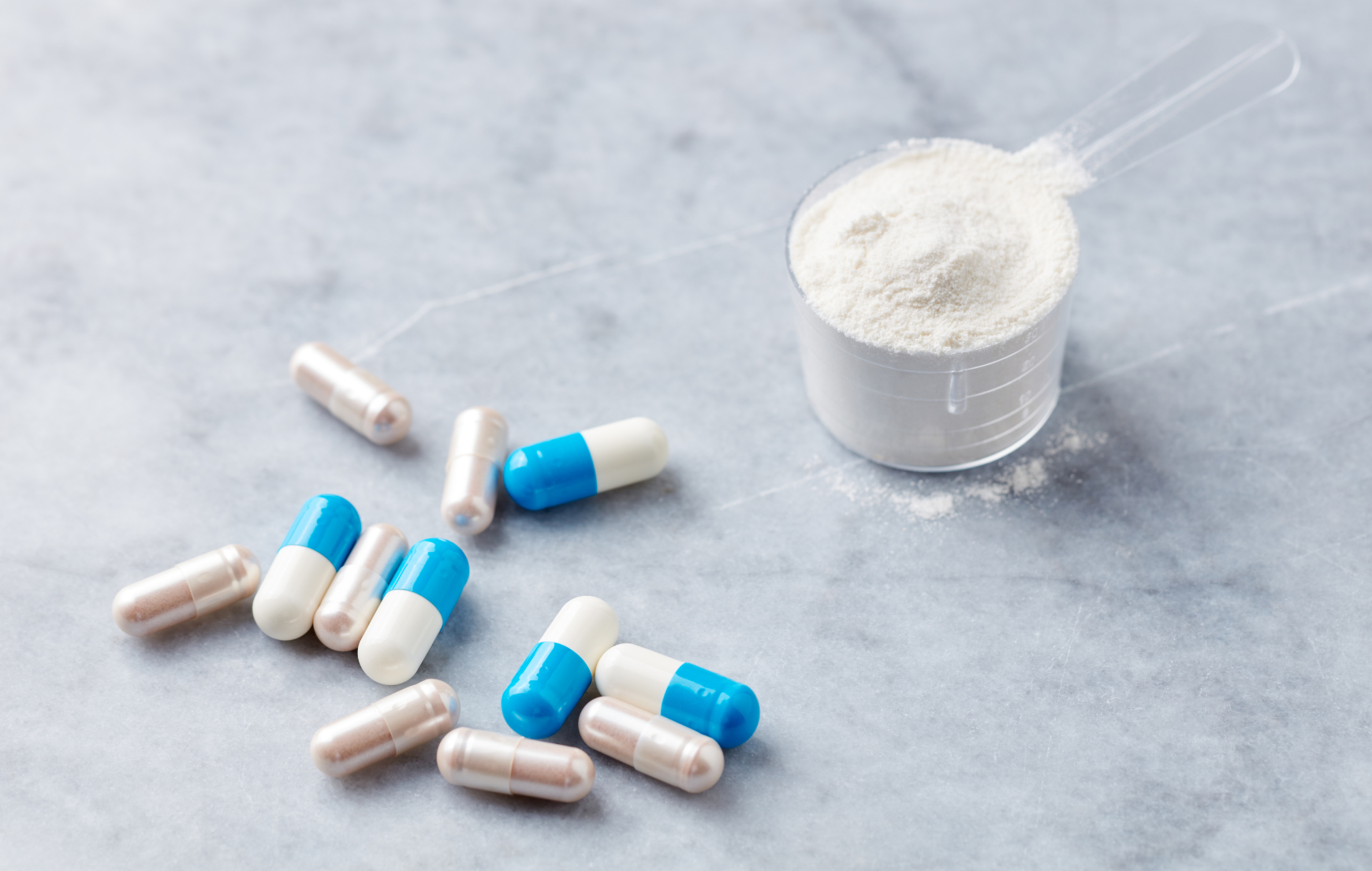Creatine and HMB (Beta-Hydroxy Beta-Methylbutyrate) are two of the most talked-about supplements in the fitness and athletic world. While each has its own set of benefits, the combination of the two can be a game-changer for athletes and fitness enthusiasts alike.
This article aims to delve into the science behind Creatine HMB, exploring its benefits, recommended dosages, and safety precautions.
Whether you’re a seasoned athlete or someone just starting their fitness journey, understanding the synergy between Creatine and HMB can help you optimize your performance and recovery.
What is Creatine?
Creatine is a naturally occurring compound found in small amounts in certain foods like red meat and fish. It’s also synthesized in the liver, kidneys, and pancreas. The chemical structure of creatine consists of amino acids—arginine, glycine, and methionine.
Creatine plays a crucial role in the production of adenosine triphosphate (ATP), which is the primary energy currency of the cell.
During high-intensity, short-duration activities like sprinting or weightlifting, ATP is rapidly consumed, and creatine helps regenerate ATP, thereby sustaining energy levels.
In the realm of sports and fitness, creatine is often used to improve performance in high-intensity, anaerobic activities. It’s also known to increase muscle mass, improve cognitive function, and accelerate recovery.

Numerous studies have confirmed the efficacy of creatine supplementation in enhancing athletic performance.
For example, a study published in the Journal of Sports Science and Medicine found that creatine supplementation could improve sprint performance by up to 5%.
What is HMB?
HMB, or Beta-Hydroxy Beta-Methylbutyrate, is a metabolite of the essential amino acid leucine. It’s naturally found in small quantities in grapefruit, alfalfa, and catfish.
HMB has gained attention for its role in muscle protein synthesis and its anti-catabolic effects, which means it helps in reducing muscle breakdown. This makes it particularly useful for athletes who are training intensely or are in a calorie-deficit phase.
HMB works by inhibiting the ubiquitin-proteasome pathway, a system responsible for protein degradation in muscle cells. By doing so, it helps preserve muscle mass and enhances recovery.
A study in the European Journal of Applied Physiology found that HMB supplementation could reduce signs of muscle damage and accelerate recovery in trained athletes.

The Synergy of Creatine and HMB
When Creatine and HMB are combined, they offer a unique set of benefits that can significantly enhance athletic performance and recovery. Creatine focuses on providing immediate energy through ATP regeneration, while HMB works on preserving muscle mass and reducing catabolism.
This dual-action makes the combination especially effective for athletes involved in both strength and endurance sports.
Studies and Research
Several scientific studies have explored the synergistic effects of Creatine and HMB.
One such study published in the Journal of Strength and Conditioning Research found that athletes who took a combination of Creatine and HMB experienced greater gains in lean body mass and strength compared to those who took either supplement alone.
Another study in the Journal of Sports Medicine and Physical Fitness found that the combination could also improve aerobic performance and reduce fatigue.

Benefits for Athletes and Fitness Enthusiasts
The combination of Creatine and HMB offers a plethora of benefits that can be categorized into three main areas: enhanced muscle growth, improved endurance, and faster recovery.
Real-world Applications
Several athletes and fitness professionals have reported significant improvements in their performance and recovery times when using Creatine HMB. For instance, a CrossFit athlete reported a 10% improvement in their WOD (Workout of the Day) times after just a month of supplementation.
Another example is an Olympic weightlifter who experienced a 15% increase in their clean and jerk lifts after incorporating Creatine HMB into their regimen.
RELATED: Top 5 Benefits of Creatine HMB: Unlocking Athletic Performance
Dosage and Safety
When it comes to dosage, it’s essential to consult with a healthcare provider for personalized advice. However, general guidelines suggest a daily dosage of 3-5 grams of Creatine and 1-3 grams of HMB for optimal results.
It’s also crucial to cycle these supplements to prevent any potential side effects like gastrointestinal issues or kidney stress.

Conclusion
The science behind Creatine HMB offers compelling evidence of its efficacy in enhancing athletic performance and recovery.
By understanding the unique benefits and synergistic effects of combining Creatine and HMB, athletes and fitness enthusiasts can make an informed decision about incorporating these supplements into their regimen.
Whether you’re looking to gain muscle, improve endurance, or accelerate recovery, Creatine HMB could be the powerhouse supplement you’ve been searching for.
READ NEXT
Creatine HMB Complete Guide: All Questions Answered
Top 5 Benefits of Creatine HMB: Unlocking Athletic Performance

You must be logged in to post a comment.